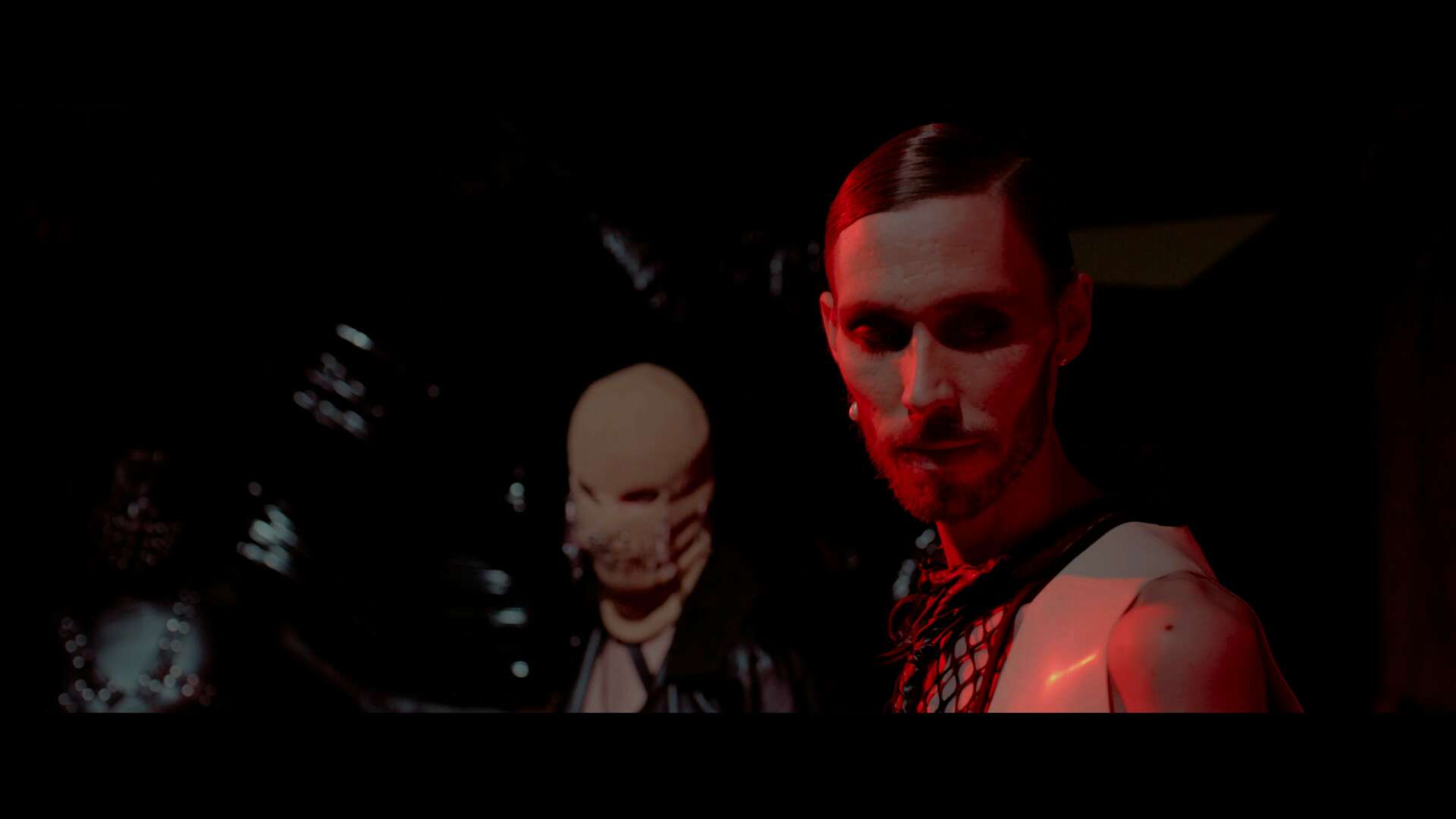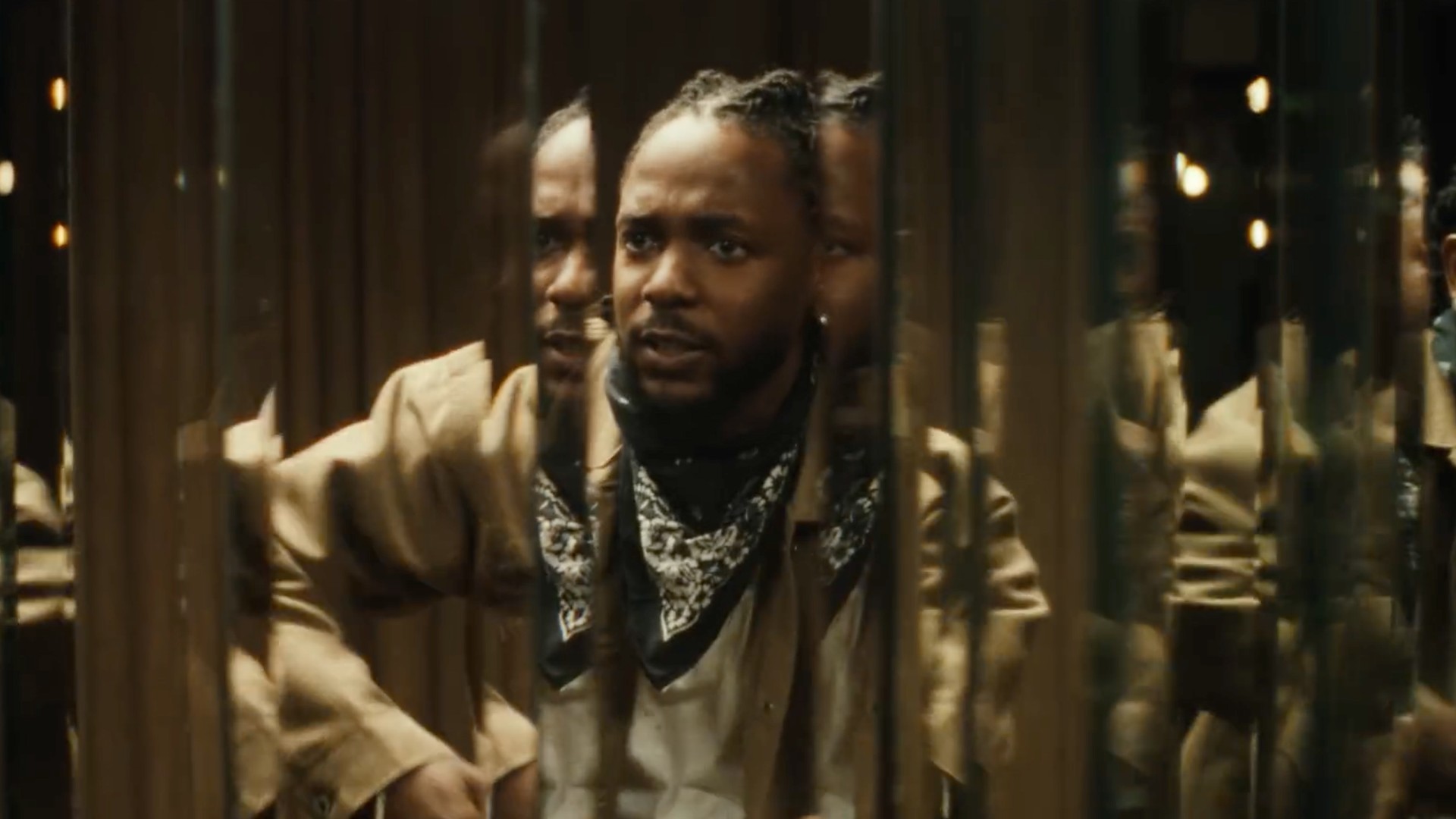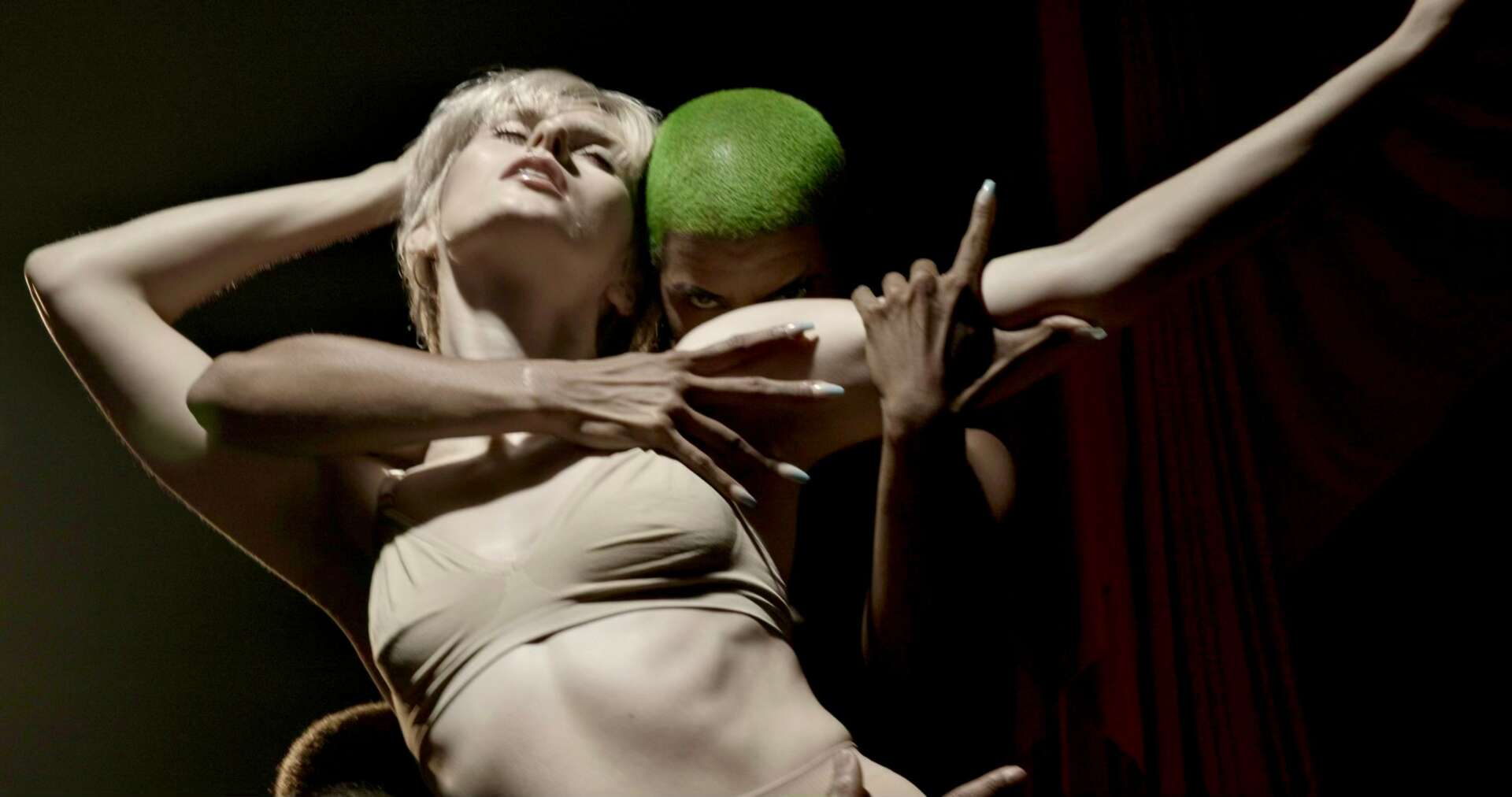We were lucky to catch up with Bryant Berry recently and have shared our conversation below.
Bryant , thanks for taking the time to share your stories with us today How did you learn to do what you do? Knowing what you know now, what could you have done to speed up your learning process? What skills do you think were most essential? What obstacles stood in the way of learning more?
Honestly, I only know what I do now because I took risks early and failed often.
The back road I traveled to get where I am now was full of potholes. However, those low points did not define my journey. I had great mentors who acted as guardrails to keep me on track. But ultimately, it was the determination to learn more and drive to do better that drove me forward. To this day, my Dad encourages me to use those experiences to sharpen my instincts; often adapting the adage – ‘If at first, you don’t succeed, then try; then try again.’
I have a strong desire for learning, which is coupled with my aptitude and obsession to continually improve my craft. My natural talents are well suited for a career in entertainment, but it has taken years of hard work to grow in the industry and work my way up from the bottom. Regarding the question of how I could have sped up the process, I’m not sure that taking any shortcuts would have helped me get to where I am now. It takes time to learn from your losses and develop strategies for success. Whether the outcome is due to imperfect planning, bad luck, or being in the wrong place at the wrong time, there is always a reason for a loss, but that reason is not always within your control. Maintaining and relinquishing control are both necessary parts of the process toward mastery. I’ve learned to be humble, to analyze how my choices affect the outcome, and to find a balance between taking ownership and accepting the situation.
If I could go back in time, I would advise my past self to take a moment to breathe, pause, and consider the perspectives of stakeholders and practitioners before reacting to any situation. Folks in this industry regularly transfer their stress to others; resist that by standing in your truth. Take a beat to acknowledge your own humanity and that of those around you. Sometimes the most meaningful thing you can do for a person is see them as deserving grace. Give the grace now that you will require later because we all have stumbled along the way to standing up. The creative industry can be brutal because people often forget how vulnerable they were when they began, and they may not remember the opportunities that helped them succeed. You never know what sacrifices someone has made to be in a position where their voice can be heard, so it’s important to show kindness and empathy especially when sharing perspectives. It is essential to productive collaboration.


Awesome – so before we get into the rest of our questions, can you briefly introduce yourself to our readers.
At the core, we are a production company. A group of creative technicians, artists, craftspeople, and producers bonded by our desire to cultivate fruitful communities.
I’ve always had an entrepreneurial spirit, but building businesses was never my primary goal. Instead, I was always in search of opportunities to root, grow, and flourish. I spent years in a cycle of seeking and carving out spaces where I could experiment and fail. Then I refined and redefined the integration of my artistic expression and passion for my profession. I applied the lessons taught by industry experience and amazing mentors to my visions of how a supportive work environment functions. I continue to strive towards that vision, and I get a little closer with every project and client.
Readers may be familiar with projects I Produced with my teams like “Bad Trip,” featuring Eric André, Lil Rel, and Tiffany Haddish, where I led teams of casting and field producers. This work resulted in a Netflix #1 movie when it debuted. Or, “Lovers’ Roulette,” which was the first short film produced as a part of an EP release strategy with our partners, PPL Pleaser Records. As a Set Decorator in Local 44, I’ve had the opportunity to create sets for amazing artists like Kendrick Lamar, Lizzo, Beyoncé, Janelle Monáe, and Vince Staples.
I vehemently believe there is enough for us all to win if the game is collaboration; domination is a different sport I am not interested in playing. Throughout my career, I want to allow others to win the same way those opportunities were given to me. I help who I can when I can and hope that others do the same in their lane. I continue to hone my skills and push forward every day for my team, family, community, and self.


What do you think is the goal or mission that drives your creative journey?
My mission is to build a community for creative collaboration through inclusion, advocacy, or engagement. My goal is to shorten the distance between creative practitioners and clients to align vision and streamline execution.
The creative process is intimate and requires immeasurable amounts of trust to realize its greatest form. We are experiencing a moment of mass distrust, especially around labor and value. Craft workers and tradespeople feel that their work is being devalued to fit underinformed budgets and schedules. Client representatives have the sense that bureaucracy, bloat, and schism undermine their objects. Both would be better served by working closer rather than through an increasing number of mediators misrepresenting mitigation as progress. The signs are clear that the entertainment industry state-side has to evolve in short order to stay competitive. We have to get smarter about production and the creative process. In the world of media production, the focus is on getting the job done. However, there are certain trends that are making it increasingly difficult to do so in a comfortable, sustainable manner. We make dreams come true but it’s planning not magic. It’s not realistic to have trends like under-compensated scope creep, unpaid prep/wrap time, uninformed cost evaluations, and responsibility hot potato. Ultimately everyone will suffer if we can’t get real about what production costs and update our idea about how far a dollar goes for companies and individuals alike.
The (DIY)ification of the creative arts has devalued the expertise of artists and disregards scale. Instead of nurturing and developing professionals, we have created a system that favors novelty and disposability. This imbalance has been affecting the quality of production for years. To improve the quality of the industry and a career in it, we need to integrate craft collaboration into various stages of the process, including pre-sales, ideation, budgeting, and profit sharing. The industry has already changed, and so have the roles of directors, producers, technicians, and artists. Some roles have become more robust with no support while others now have reduced scopes with more help. As the industry adapts I think that early integration of Technicians, Artists, and Allied Crafts department heads must be more meaningful factors in bidding and awards.


Looking back, are there any resources you wish you knew about earlier in your creative journey?
The skill I wish I had mastered earlier is how to secure client direct awards by better navigating the competitive bidding process.
The past few years have been tough for boutique businesses like ours. We faced many challenges that forced us to change our strategy. Economic instability, justified workforce unrest, and post-pandemic recovery all presented significant obstacles. However, we adapted to the changing environment and identified market opportunities that align with our team’s values and positioning.
What that looks like day-to-day is researching, developing, and submitting bids. I’m constantly putting us out there. Sometimes I get love, other times I get nothing and I ignore the rest. I try not to be discouraged and remember that it’s a numbers game; when it’s not a pageant or for members only. As the lead, I need to ensure that my team is motivated and focused on delivering quality work while staying within the project’s scope. At the same time, I must ensure that we do not compromise on quality to meet deadlines.
We must understand each other’s capabilities, strengths, and the areas that present partnership opportunities. It’s the only way to develop better proposals for all involved. We stick to what we know and innovate when we can. That is why our process centers around methodology, creativity, and quality with hype as a cherry on top.


Contact Info:
- Website: https://www.art-dept.design
- Instagram: https://www.instagram.com/at.dot.design/
- Linkedin: http://www.linkedin.com/in/bryant-berry
- Other: https://vimeo.com/artdeptdesign/project-reel
Image Credits
(1) bryant berry by teron beal.
(2) tommi aura by cassie hunter
(3) pleasant canyon by ryan jaeger and Gregor Tavenner
(4) Michael is multi-chrome by bradley watson
(5) Senetta in water by bradley watson
(6) rich spirit by calmatic & pg lang
(7) lovers roulette by zach fritz


